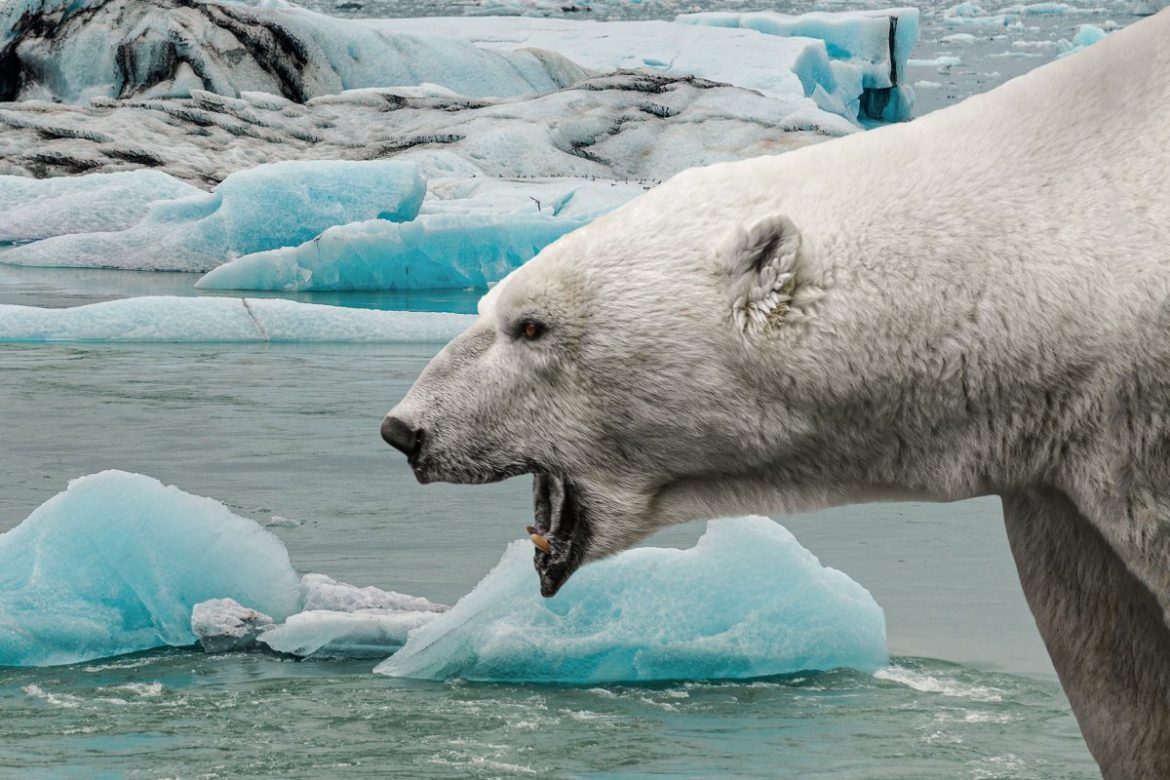Latest reports suggest that the man who “leapt on” a polar bear to protect his wife in a northern First Nations community in Canada is recovering from the severe injuries he sustained in the attack.
But experts caution that changing environmental conditions will lead to a shift in where and when polar bears are spotted, increasing the risk of surprise encounters.
The couple, who live in Fort Severn First Nation, found a polar bear in their driveway early on Tuesday morning.
The bear lunged at the woman, who “slipped to [the] ground as her husband leapt on to the animal to prevent its attack”, the Nishnawbe Aski police service said in a news release.
As the man tried to fight off the bear, he sustained serious injuries to his arms and legs. A neighbour heard the struggle and ran over, shooting the bear several times. Police responded to reports of gunshots and, after searching the area eventually found the bear dead in a wooded area.
Read also: Campaigners call for greener planning rules
Fort Severn is a Swampy Cree First Nation on the southern shores of Hudson Bay, the northernmost community in Ontario, and a place where polar bears are often spotted.
Despite the estimated 17,000 polar bears living in Canada, attacks are rare and fatal encounters even more so.
But for communities like Fort Severn which overlap with polar bear habitats, the state of nearby sea ice in the coming years will play a critical role in polar bears’ prospects – and interactions with humans.
“Each bear sort of comes with its own individual personality and its own body condition,” said Andrew Derocher, a professor of biology at the University of Alberta. Interactions with humans “depend so much on the individual bear, the annual conditions and also the location”, he said. “But as a general rule, polar bears will become more unpredictable as environmental conditions change.”
Well-fed polar bears in good condition are rarely a problem for humans, said Derocher, but a bear stranded on land in poor condition is a “recipe for conflict” and human injuries or fatalities.
While bears in the western Hudson Bay population had better-than-expected ice coverage over the summer, sufficient ice hasn’t yet formed for the critical winter hunting season. The freeze is expected soon – meaning some bears are still roaming the land, burning valuable fat stores as they search for food. Polar bears use roughly 1kg (2.2lb) of their stored fat each day they are on land and not feeding.
Story was adapted from the Guardian.
